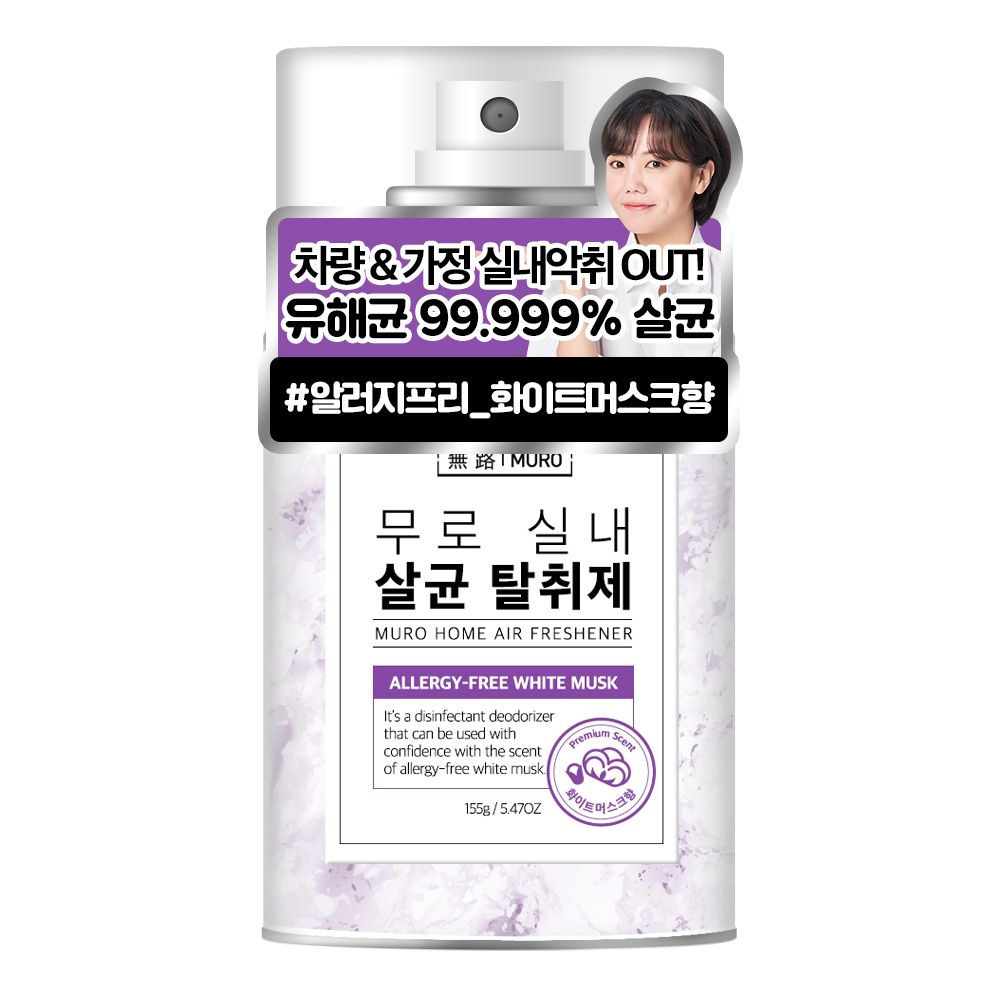
Sanitize Your Space: Effective Home Sterilization
Maintaining a sanitized home is crucial for the health and well-being of your household. Explore effective home sterilization methods to ensure a clean and hygienic living environment.
Understanding the Importance of Home Sterilization
Home sterilization goes beyond regular cleaning; it involves eliminating harmful pathogens, bacteria, and viruses. Understanding the importance of this process sets the foundation for creating a safe and healthy living space for you and your family.
Surface Cleaning and Disinfection
A fundamental home sterilization method is thorough surface cleaning and disinfection. Regularly clean and disinfect frequently-touched surfaces, such as doorknobs, light switches, countertops, and electronic devices. This practice helps prevent the spread of germs and viruses within your home.
Utilizing Disinfectant Solutions
Utilize effective disinfectant solutions to enhance home sterilization. Choose disinfectants with proven efficacy against a broad spectrum of pathogens. Follow the manufacturer’s instructions for proper application and contact time to ensure maximum effectiveness.
Implementing Steam Cleaning for Deep Sterilization
For a deeper level of sterilization, consider implementing steam cleaning. Steam effectively kills bacteria, viruses, and dust mites on various surfaces, including floors, carpets, and upholstery. It’s an eco-friendly option that uses heat to sanitize without the need for harsh chemicals.
UV-C Light Technology for Surface Disinfection
Incorporate UV-C light technology for surface disinfection. UV-C light has germicidal properties that can effectively kill bacteria and viruses. UV-C light wands or devices designed for home use can be used to disinfect surfaces, electronics, and other high-touch items.
Maintaining Indoor Air Quality with Air Purifiers
Home sterilization extends to the air you breathe. Use air purifiers with HEPA filters to capture airborne particles, including bacteria and viruses. Good indoor air quality contributes to a healthier living environment and complements surface sterilization efforts.
Proper Laundry Practices for Germ-Free Fabrics
Include proper laundry practices in your home sterilization routine. Wash bed linens, towels, and clothing regularly with hot water and an appropriate detergent. This ensures that fabrics are free from germs, allergens, and contaminants.
Personal Hygiene Practices for Household Members
Incorporate personal hygiene practices into your home sterilization efforts. Encourage regular handwashing, use of hand sanitizers, and proper disposal of tissues. Individual hygiene practices play a crucial role in preventing the introduction of germs into your home.
High-Temperature Dishwashing for Utensils and Dishes
Ensure the sterilization of utensils and dishes by utilizing high-temperature dishwashing settings. Dishwashers with high-temperature options effectively kill bacteria and sanitize kitchenware. This practice is essential for maintaining a hygienic kitchen environment.
Periodic Deep Cleaning for Comprehensive Sterilization
Integrate periodic deep cleaning sessions into your home sterilization routine. This involves tasks like cleaning and disinfecting overlooked areas, washing curtains, and sterilizing items that are not part of regular cleaning. Periodic deep cleaning ensures a comprehensive approach to home sterilization.
Home Sterilization Methods Link
Incorporating these effective home sterilization methods into your routine is essential for creating a safe and healthy living environment. For more tips and insights on maintaining a sterilized home, visit Home Sterilization Methods.
By prioritizing home sterilization, you contribute to the well-being of your family and create a space that promotes health, cleanliness, and peace of mind.
